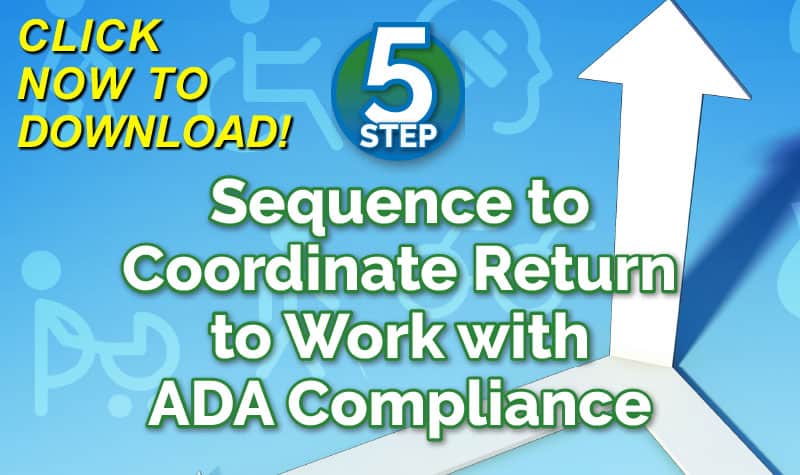Here’s What Happened
Smith brought claims under the Federal Tort Claims Act and Bivens v. Six Unknown Named Agents of the Federal Bureau of Narcotics, 403 U.S. 388, 91 S. Ct. 1999, 29 L. Ed. 2d 619 (1971) against the U.S. government and various prison officials, alleging that he was exposed to asbestos in 2003 while an inmate at the federal prison at Leavenworth. Smith alleged that during his incarceration, he worked as an electrician for the prison’s Custodial Maintenance Services and in the course of that work received a work order to install a new light fixture in a closet in the prison’s education department. According to Smith, the closet lacked any ventilation. Smith alleged in relevant part that while he was installing the light fixture, another inmate, who had been instructed to clean the closet, entered the confined space and on two occasions pulled insulation from the pipes, creating clouds of irritating dust. Smith alleged that during the incident his throat and lungs were irritated by the dust, that ten years prior to the dust incident an engineering survey established the presence of asbestos in the insulation in that portion of the prison, that various prison officials knew of the dangerous environmental conditions within the closet, and that as a result of exposure to the asbestos dust, Smith suffered from a cough, shortness of breath, difficulty with his throat and eyes, and that he had also suffered emotional distress. The federal district court dismissed Smith’s multiple claims and he appealed.
Here’s How the Court Ruled
In Smith v. United States, 2009 U.S. App. LEXIS 6949 (10th Cir., March 31, 2009), the federal district court held that Smith’s claim under the Federal Tort Claims Act (“the federal tort claim”) could be advanced only against the federal government and not the individual defendants, that the federal tort claim was barred by the exclusive remedy provisions of the Inmate Accident Compensation Act (“IACA”), 18 U.S.C. § 4126, which provides specified compensation for a federal inmate who suffers a work-related injury or improper medical treatment of a work-related injury, and that Smith’s Bivens claim could be brought only against federal officials in their individual capacities; it could not be asserted directly against the United States.
Practitioners should recall that the IACA (and the regulations promulgated thereunder) provides two types of “workers compensation” for a qualifying federal inmate.
1- The first type of compensation is available only when the inmate is ready to be released from prison and reenter the workforce [28 C.F.R. §§ 301.101(a), 301.301-.319]. If the inmate still suffers a residual physical impairment as a result of the work-related injury, then within forty-five days of his or her release date, he or she can submit a claim for compensation [§ 301.303(a)]. If, however, the inmate has fully recovered from the injuries while incarcerated, he or she is not entitled to any compensation [§ 301.314(a)].
2- The second type of compensation is for wages the inmate actually loses while he or she is prevented from doing his or her work assignment due to the injury [§§ 301.101(b), 301.201-.205].
In the instant case, Smith argued that the IACA should not be the exclusive remedy against the government for a prisoner like himself, who had a very long sentence, that IACA likely would afford him little, if any, relief because he might die before he was within forty-five days of his release date. The circuit court noted that the issue had arisen before and indicated it was up to Congress to make any changes that were required; the court could not legislate.
See generally Larson’s Workers’ Compensation Law § 100.03[3].
_____________________________________________________________________________________
Tom Robinson, J.D. is the primary upkeep writer for Larson’s Workers’ Compensation Law (LexisNexis) and Larson’s Workers’ Compensation, Desk Edition (LexisNexis). He is a contributing writer for California Compensation Cases (LexisNexis) and Benefits Review Board – Longshore Reporter(LexisNexis), and is a contributing author to New York Workers’ Compensation Handbook(LexisNexis). Attorney Robinson is an authority in the area of workers’ compensation and we are happy to have him as a Guest Contributor to Workers’ Comp Kit Blog. Tom can be reached at: compwriter@gmail.com.
http://law.lexisnexis.com/practiceareas/Workers-Compensation
_____________________________________________________________________________
WC Cost Calculator to show the REAL COST of workers www.ReduceYourWorkersComp.com/calculator.php
Do not use this information without independent verification. All state laws are different. Consult with your corporate legal counsel before implementing any cost containment programs.
©2008 Amaxx Risk Solutions, Inc. All rights reserved under International Copyright Law. If you would like permission to reprint this material, contact Info@WorkersCompKit.com



